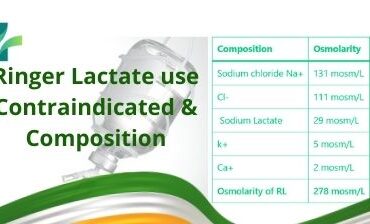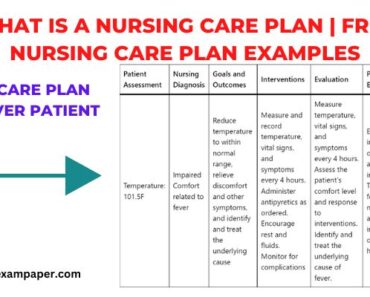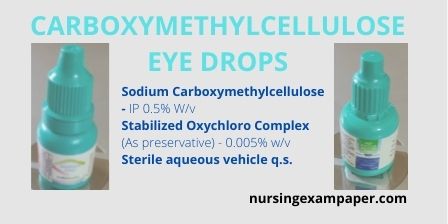Ringers Lactated was invented in the 1880s and added to the World Health Organization’s list of essential medicines in the 1930s. Ringer’s lactate solution (RL) is a mixture of sodium (Na+), chloride (Cl-), lactate, potassium chloride(K+), and calcium chloride(Ca+2), and water. also known as Hartmann’s solution multi-electrolyte fluid. the sodium lactate solution most physiological fluid. Mostly used in maintenance fluid for postoperative patients(after blood loss due to trauma, surgery).
It is given intravenously to maintain electrolyte balance in burn patients and hypovolemic patients. Also used in eye surgery for irrigation/washing, as an eyewash used in chemical burns. RL is an isotonic fluid, a corrective fluid in acidosis. And its use is safe in pregnancy.
Ringer Lactate Contraindications
- Renal failure (Its use is restricted in hyperkalemia. Ringer’s Lactate increases the potassium level. People with advanced kidney disease are more likely to develop hyperkalemia.)
- Metabolic Alkalosis (lactate metabolized in the liver produces HCo3. HCo3 increases Alkalosis.)
- Head injury (Increases intracranial pressure (ICP) due to increased intracranial space volume).
- Liver disease (which affect lactate metabolism).
Composition of Ringer Lactate
Components involved in one liter of Ringer’s lactate solution are given below:-
| Composition | Osmolarity |
|---|---|
| Sodium chloride Na+ | 131 mosm/L |
| Cl- | 111 mosm/L |
| Sodium Lactate | 29 mosm/L |
| k+ | 5 mosm/L |
| Ca+ | 2 mosm/L |
| Osmolarity of RL | 278 mosm/L |
The Ringer lactate solution is formulated to have electrolyte concentrations that are similar to the ionized concentrations of tonality found in normal blood plasma. To maintain electrolyte neutrality, the sodium level in the solution is lower than the sodium found in blood plasma or normal saline.
Toxicity of Ringer’s lactate
The toxicity of Ringer lactate is not due to its composition. But toxicity happens due to its overload. Overload can range from peripheral edema to respiratory distress and secondary to pulmonary edema in the patient. Due to this, the patient may have respiratory distress. And according to its severity, the patient may need non-invasive positive pressure ventilation or even intubation. To manage this, diuretics are given and it is accompanied by fluid restriction and continuous monitoring of the intake output.
Read this also:-
Components of Blood and Functions
What is Local Anesthetics? Drugs For Anesthesia
Nursing officer model paper online exam 3rd








